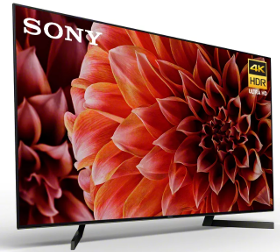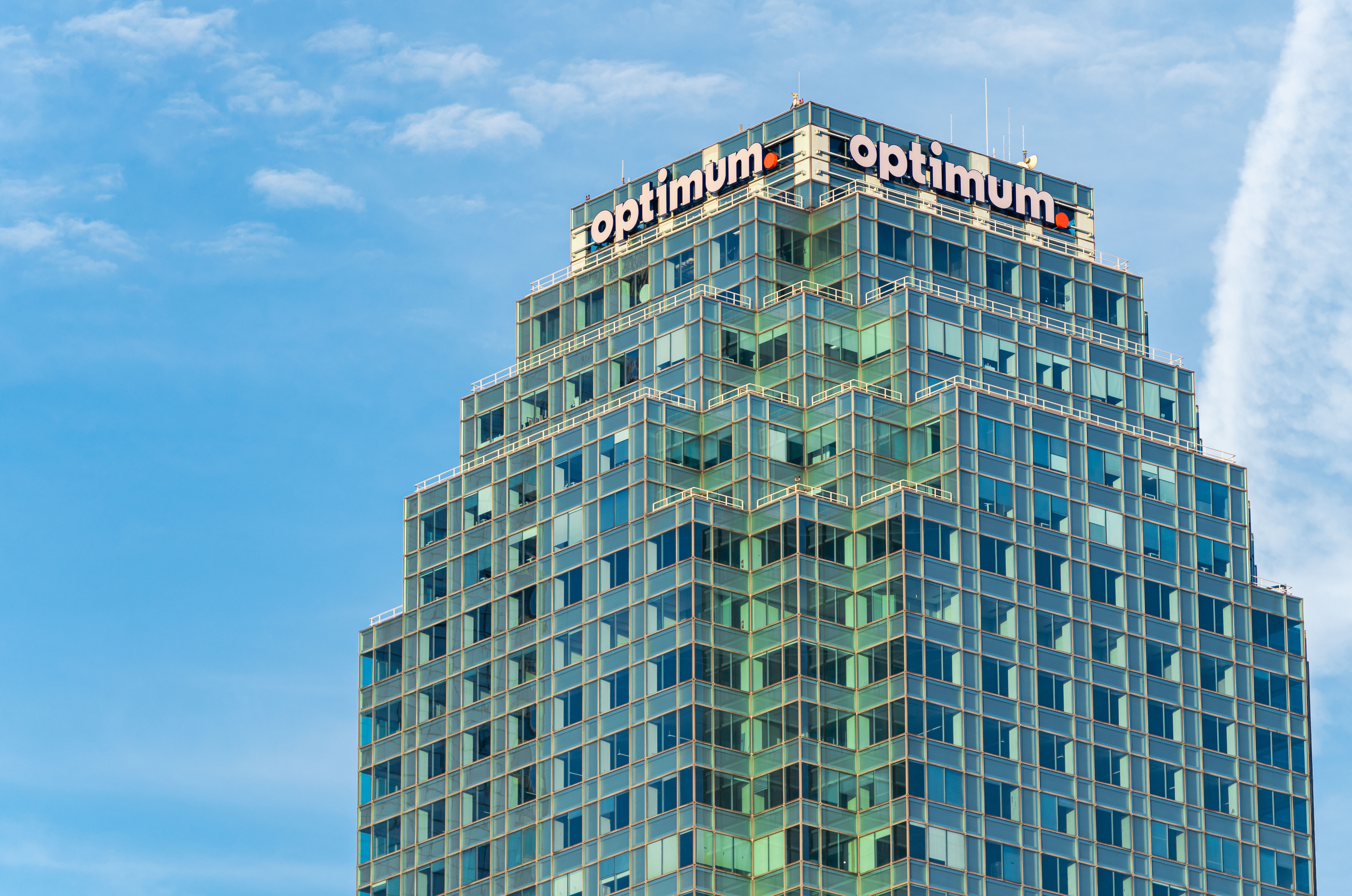CES 2018: Sony Unveils Second-Gen Bravia OLED (Sans Easel)
LAS VEGAS—Rather than spending an inordinate amount of time on 2018 new product introductions, which included updated versions of the company's flagship OLED and LCD UHD TVs and its total wireless in-ear buds, Sony president and CEO Kaz Hirai instead spent the majority of his unusually brief—and unusually solo —CES presentationon the future of video processing, video imaging sensors, voice assistant ecosystem, and the combined disruptive potential ofAI and robotics.

Sony's X900F 4K HDR TV series
"In the space of consumer electronics, I strongly believe that there is still so much that we can do to innovate and to bring you the most meaningful creative and entertainment experiences through our products," Hirai stated.
But the star of the present were the company's new products. The products Hirai announced, all due this spring, included:
- Sony's second-gen OLED, the Bravia A8F series;
- The X900F series LCD LED UHDs, available in sizes up to 85 inches;
- The HT-Z9F, the first 3.1-channel soundbar to support Dolby Atmos;
- The WF-SP700N totally wireless buds, which for the first time are splash-proof and feature noise canceling, and which will also be available in a behind-the-neck style, the WI-SP600N;
- LSPX-A1 4K ultra-short-throw projector, part of Sony's Life Space UX products, incorporate integrated speakers to help reduce gadget clutter
The most radical product change was also the most pedantic. Instead of the controversial angled easel with an integrated woofer of the company's initial OLED, the A1E, the new A8F features a "new design that minimizes the footprint allowing A8F to be positioned in a wider range of locations" – in other words, a more traditional perpendicular vertical stand, with the woofer built onto the rear of the set. The A8F retains the A1E's Acoustic Surface technology that allows the screen to double as a speaker.
Hirai initially touted Sony's successful 2017, buoyed by the performance of PlayStation 4 (73.6 million total aggregate units) and the strong response for Sony VR ("over" 2 million units) and projecting "positive financial results" for 2018.
Addressing the future, Hirai previewed a next-generation X1 Ultimate video processing chip prototype packed with twice the processing power of the current X1 Extreme, and capable of real-time processing of full-spec HDR content with up to 10,000 nits of peak brightness. The Sony booth features side-by-side X1 Extreme vs X1 Ultimate comparisons on 85-inch 8K LCD and 65-inch 4K OLED sets.
The professional video industry's #1 source for news, trends and product and tech information. Sign up below.
Hirai also boasted that Sony's imaging sensors, found in a wide variety of competitors' smartphones, are equipped with "more visual acuity than the human eye, to see the unseen." Hirai explained this high visual acuity made Sony imaging sensors ideal as sensors in autonomous vehicles. Using up to 10 sensors enabled a 360-degree field of vision that could "see" what humans could not, increasing the safety of the passengers and everyone on the road.
Sony's leader announced an increase in the company's voice assistant-compatible devices, which plans to expand the integration of Google Assistant into last year's 1000X series of wireless noise canceling headphones as well as the newly announced WF-SP700N and WI-SP600N. "Through this increase in our compatible device lineup, we hope the Google Assistant will provide smart features to our customers in all parts of their daily lives, be it in the home or on the go," Hirai noted.
At its booth in the Central Hall, Sony will conduct audio assistant demonstrations in a simulated living room and kitchen featuring a variety of Sony's Google Assistant-enabled AV devices and Amazon Echo to control home appliances, deliver news and conduct online shopping.
Finally, Hirai noted the powerful combination of AI and robotics for both home and enterprise devices, citing several of the latter in Japan, and Sony's commitment to these two interwoven technologies.
As an example of how far AI and robotics had evolved, Hirai noted that the original Aibo robotic dog was released when robotics technology was still emerging. But last fall, the company announced an new, more intelligent Aibo for the 21st century, capitalizing on new AI to allow for a new level of learning and enhanced, richer experience. Hirai also let those who pre-ordered Aibo in November would be receiving one any day now.
This story first appeared on TVT's sister publication TWICE.
